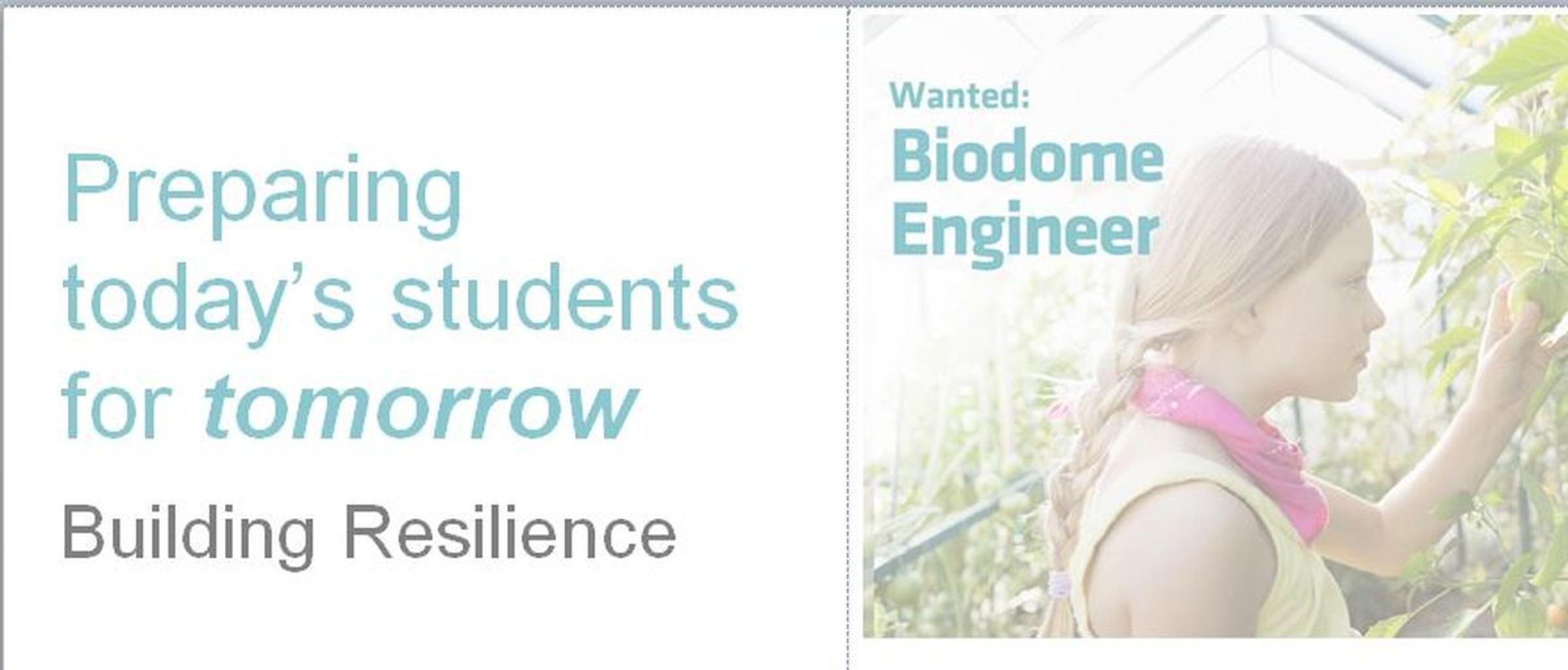How to help your children successfully face challenges

Q&A with Building Resilience creator Associate Professor Helen Cahill, Deputy Director Youth Research Centre, Graduate School of Education, University of Melbourne
Why is it important to be resilient?
It’s important to be resilient so that you can build a capacity to cope and to persist when faced with challenge. Persistence is the key to learning. If children don’t understand something and quickly give up, they will learn less effectively, so persistence and resilience are key.
What can parents do at home to help children be resilient?
The number one thing is to be a role model, and then to share with their children the techniques they use to help them face a challenge. Parents can talk to their children about techniques they use to cheer themselves up or to calm down. For example, it can be something as simple as helping a child to make a plan when they are feeling overwhelmed. Or it can be talking with them about counting to 10 when they are angry with their siblings.
What does a resilient student look like in primary school?
A student who is able to identify when they can successfully problem-solve and when they can successfully identify the need to seek help. A child in the playground may be disagreeing with a friend about what to play together and they problem-solve by deciding to take turns playing different games. Help-seeking is about asking a teacher, parent or an older child to assist them when they are unsure.
What does a resilient student look like in secondary school?
In secondary school, students should be identifying those critical moments when they should be sharing certain information with their friends or parents to help them face a challenge.
How can secondary-school aged friends help each other to be more resilient?
Teenagers are more likely to turn to their friends for support and it’s important for friends to provide each other with a positive space to discuss problems. Instead of just sounding-off to each other, they can use open-ended problem-solving skills to help them have conversations where they do not feel judged.
When they engage in this kind of interaction, teenagers are in a better position to think about all the possibilities and to choose what’s right to do for them. It’s important for teenagers to know that asking for help is a strength, not a weakness. It is an act of courage to speak up and ask for help.
If I'm a parent and I don't think my child copes very well with challenges and change, what should I do?
You can provide positive experiences for your child, something as easy as involving them in conversations between you and your friends and neighbours, or encouraging them to participate in group activities such as sport to build connectedness with society. It’s important to remind children of times they succeeded at something. For example, a time they used courage or were patient. This encourages a child to build on prior, similar successes.
What is the school's role in building resilience among children?
The school has a number of key roles to play, and the first is about providing a positive environment where students feel safe. Then there is the more explicit curriculum, where teachers teach problem-solving, communication, help-seeking skills and emotional literacy. Then there is the teacher’s role in modelling resilience and problem solving skills themselves.
What is the best advice anyone ever gave you about being resilient?
Rather than being explicitly stated, it was more role modelled. In my family, it was very much ‘have a go of it.’ That was a very strong family message.
Learn more
https://education.edugate-cms.eduweb.vic.gov.au/about/department/Pages/resilienceframework.aspx

